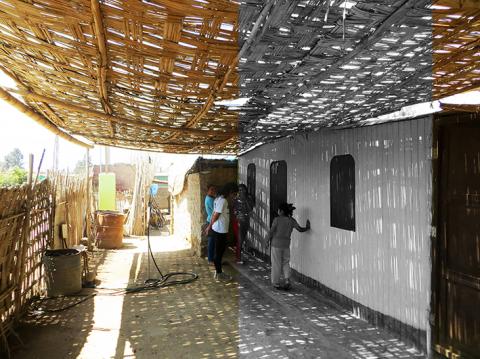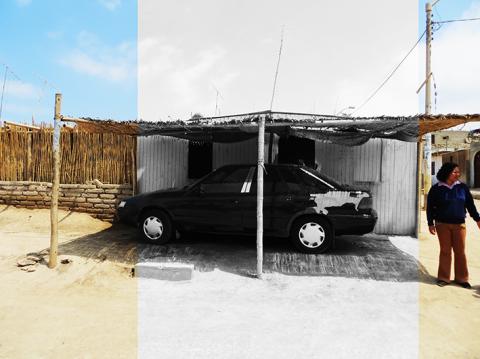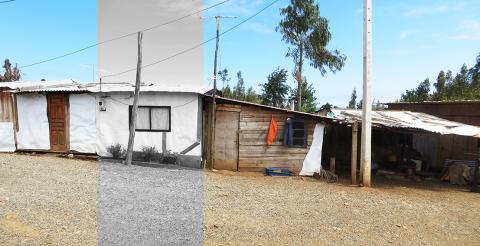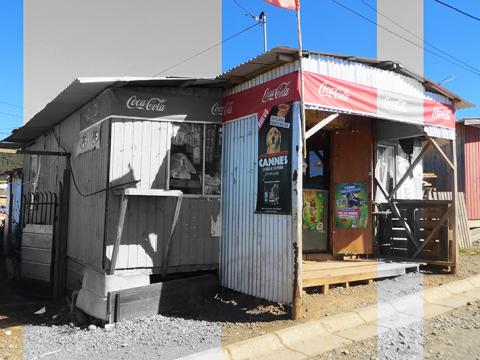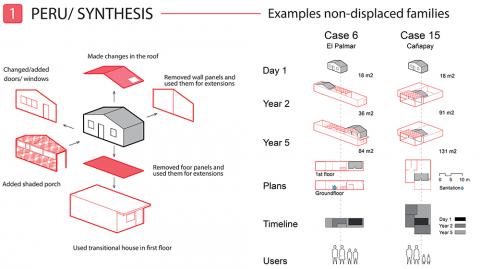My PhD thesis explores the concept of flexibility in post-disaster accommodation. Temporary houses in Peru and Chile were studied with the aim of understanding how families live during the medium-term in accommodation designed only for the short-term. The cases studied show that households modify their interim houses because they need a place to return to their routines, to resume household activities, and to feel ‘at home’. The cases also show that the design of temporary houses is crucial in allowing these adaptations to happen, and therefore, more flexibility in the design of post-disaster accommodation would provide better support to families.
One of the most critical issues in housing families after a disaster is the gap between short-term needs (emergency or temporary shelter) and long-term needs (permanent housing). In most cases, the process of achieving permanent accommodation takes years for various reasons, such as the removal of debris and finding available land on which reconstruction can take place. During this time, families are housed in interim accommodation, where they attempt to return to their former routines and resume household activities. However, post-disaster accommodation is frequently designed on the basis of universal prototypes unrelated to local culture and climate, and focused on creating an immediately available product rather than taking into account more holistic processes of reconstruction. Therefore, post-disaster solutions frequently fail to suit families’ needs, who thus modify shelters and houses over time aiming to make them more appropriate. Families seek to rebuild familiar spaces, to personalise their shelters, and to make a home during temporary living.
My research aims to understand what happens in the field, from the perspective of the families, and what happens to houses after most of the support provided by NGOs and governments has been withdrawn from the affected areas, a topic that has been less studied and that requires more attention. This thesis shows that families use whatever resource is provided to them in the process of reconstruction, beyond the short-term plan. In that sense, definitions of shelter programmes might incorporate their long-term impact in the whole reconstruction process.
Consequently, a flexible approach that support adaptation over the years in a safe way might help families to fulfil their needs in the medium- and long-term.

